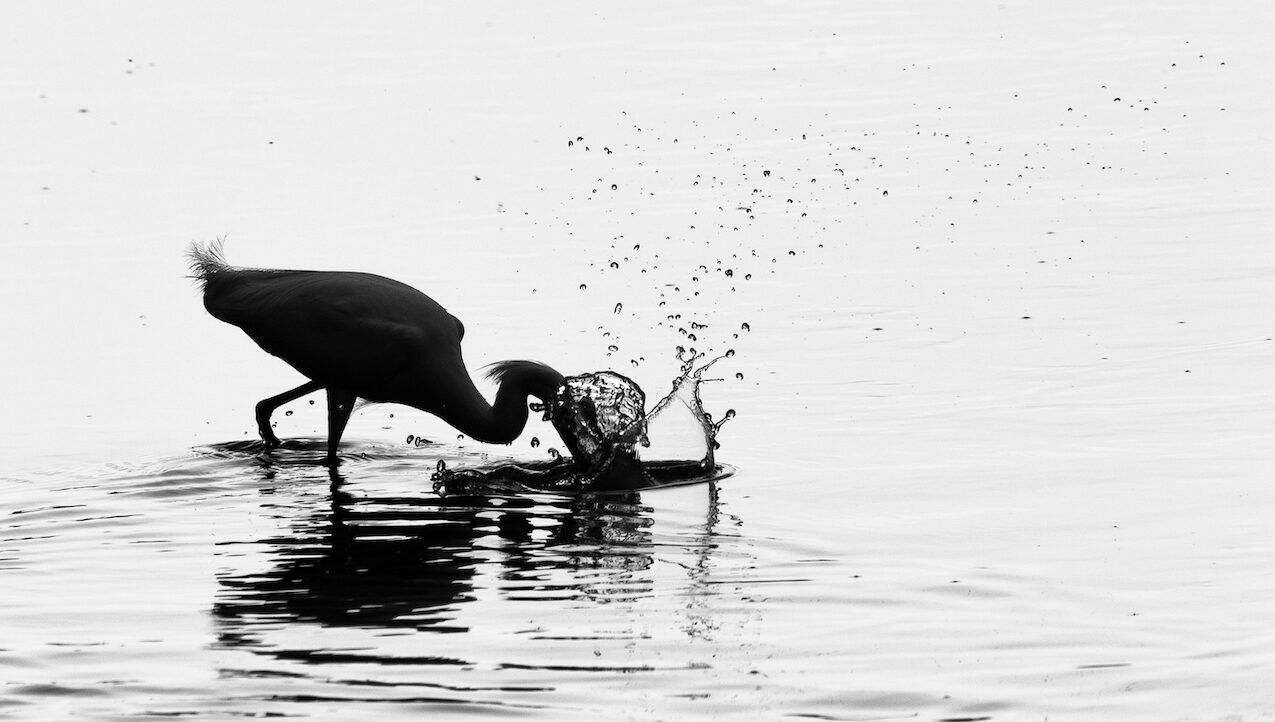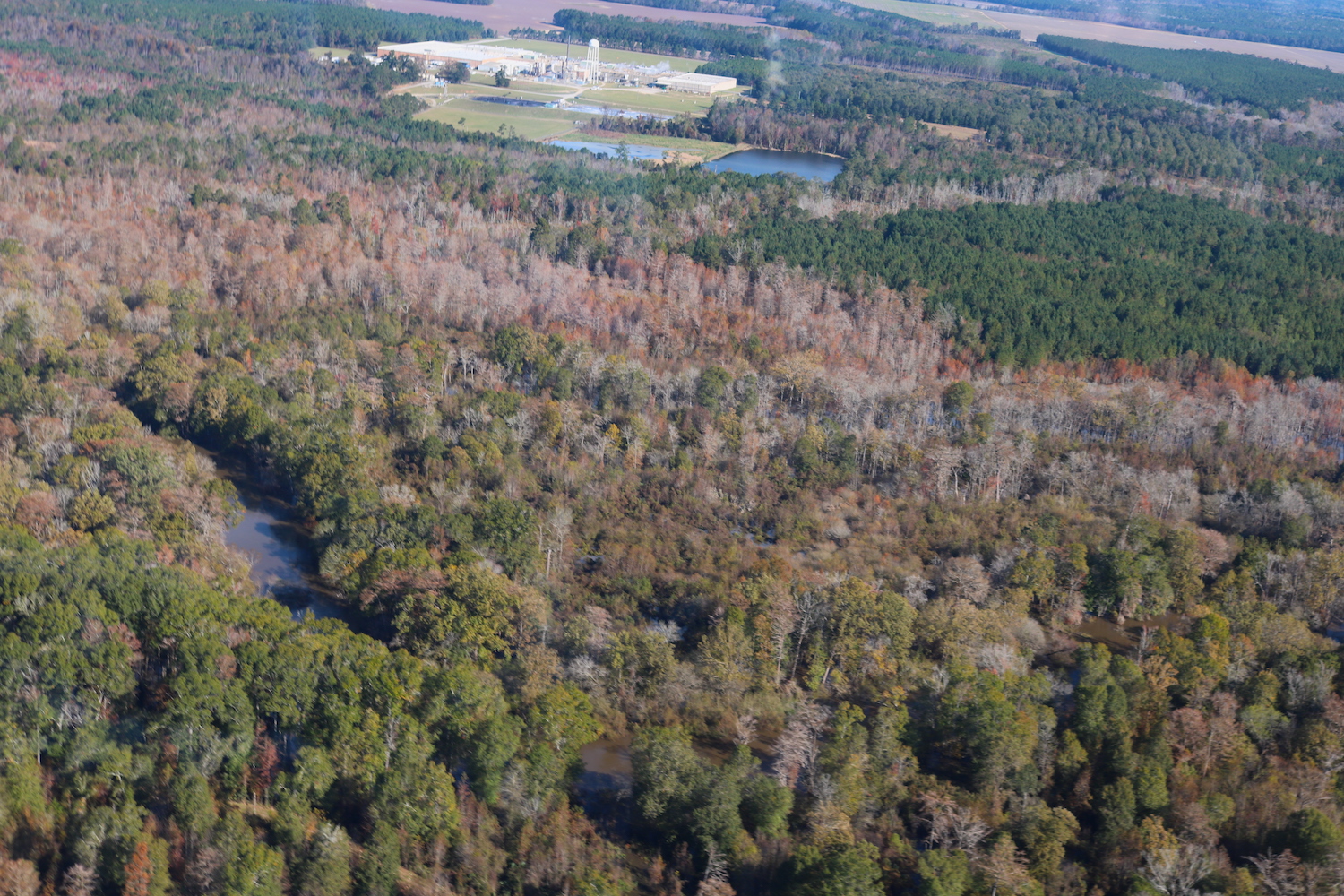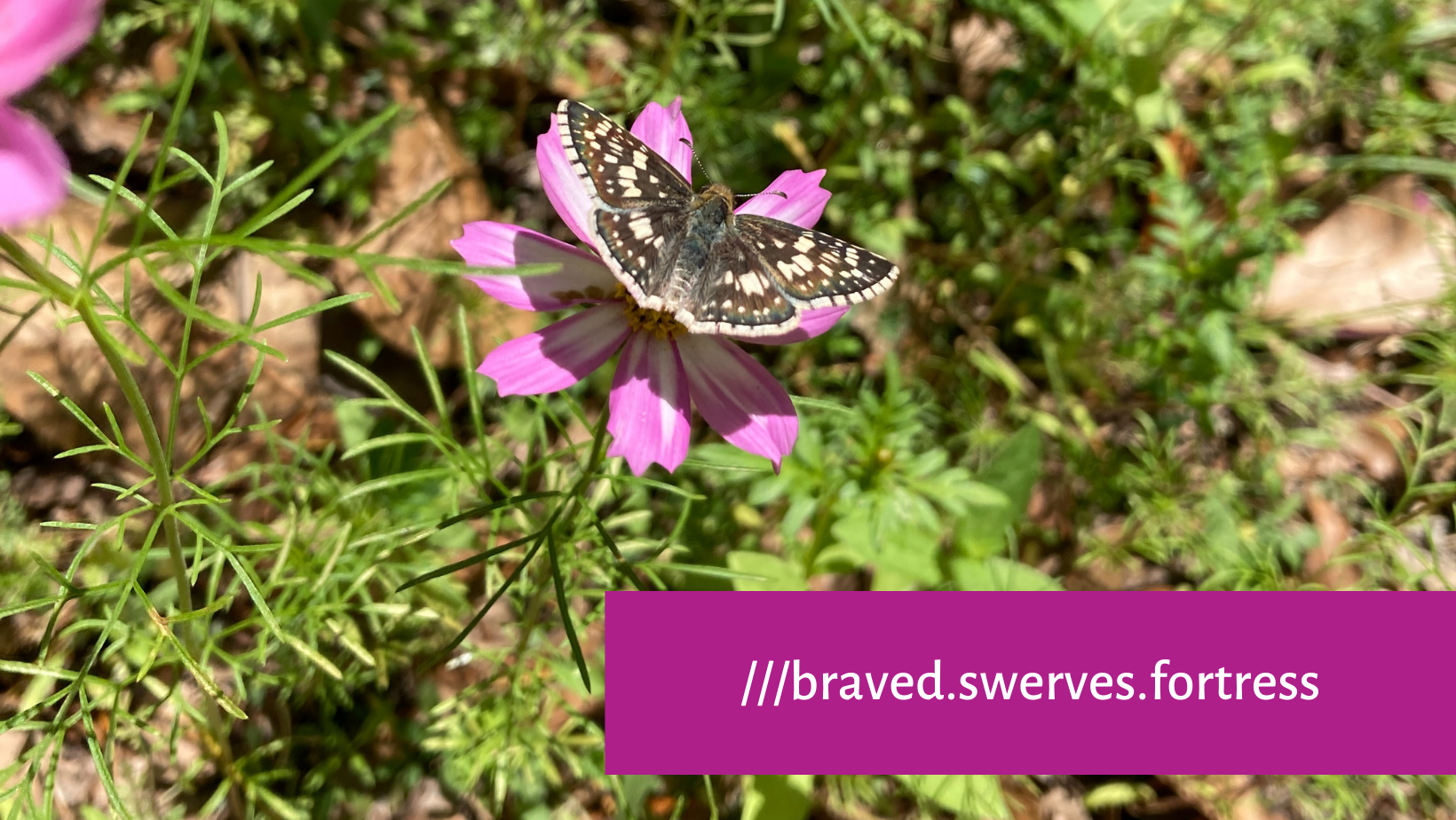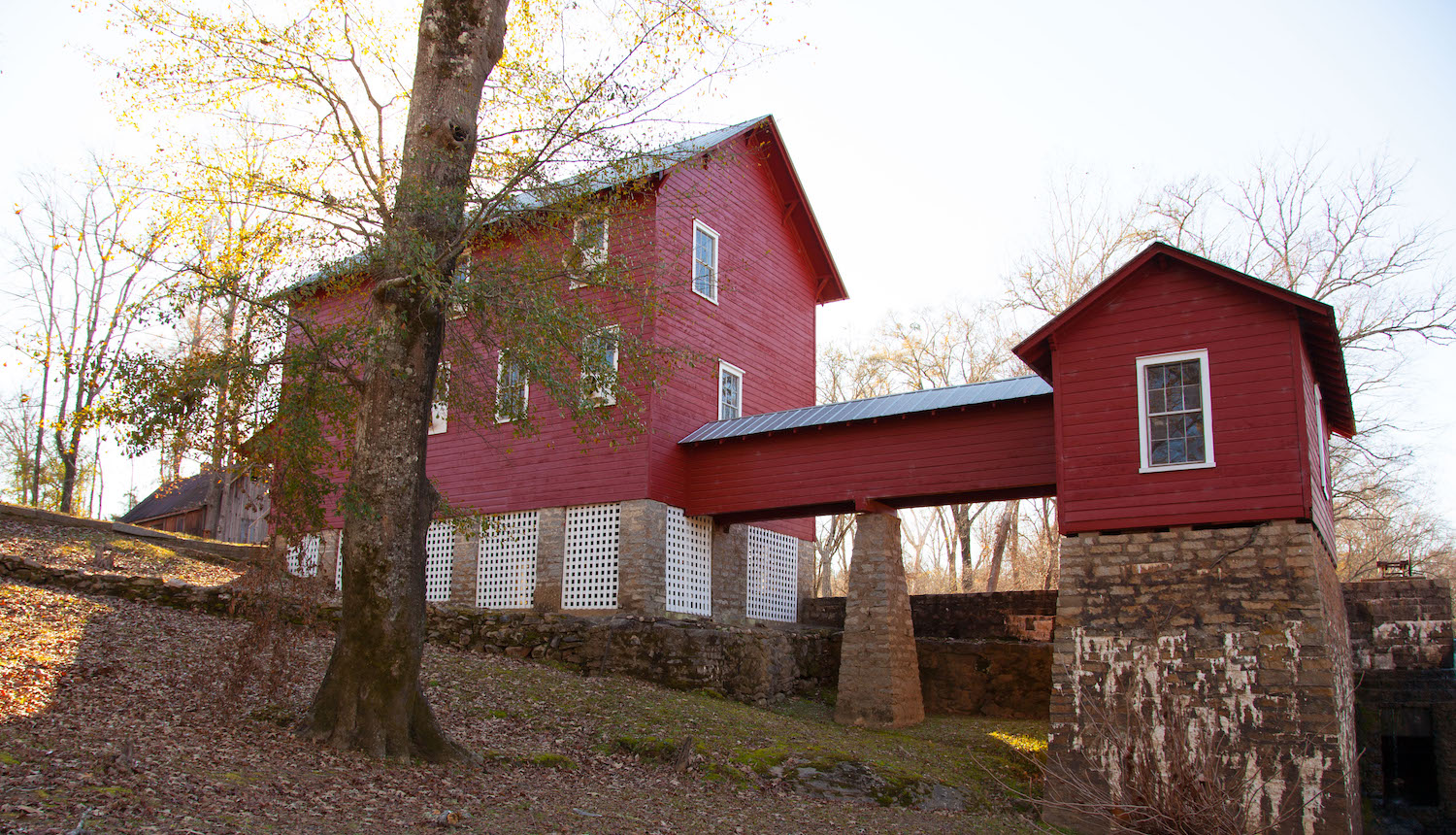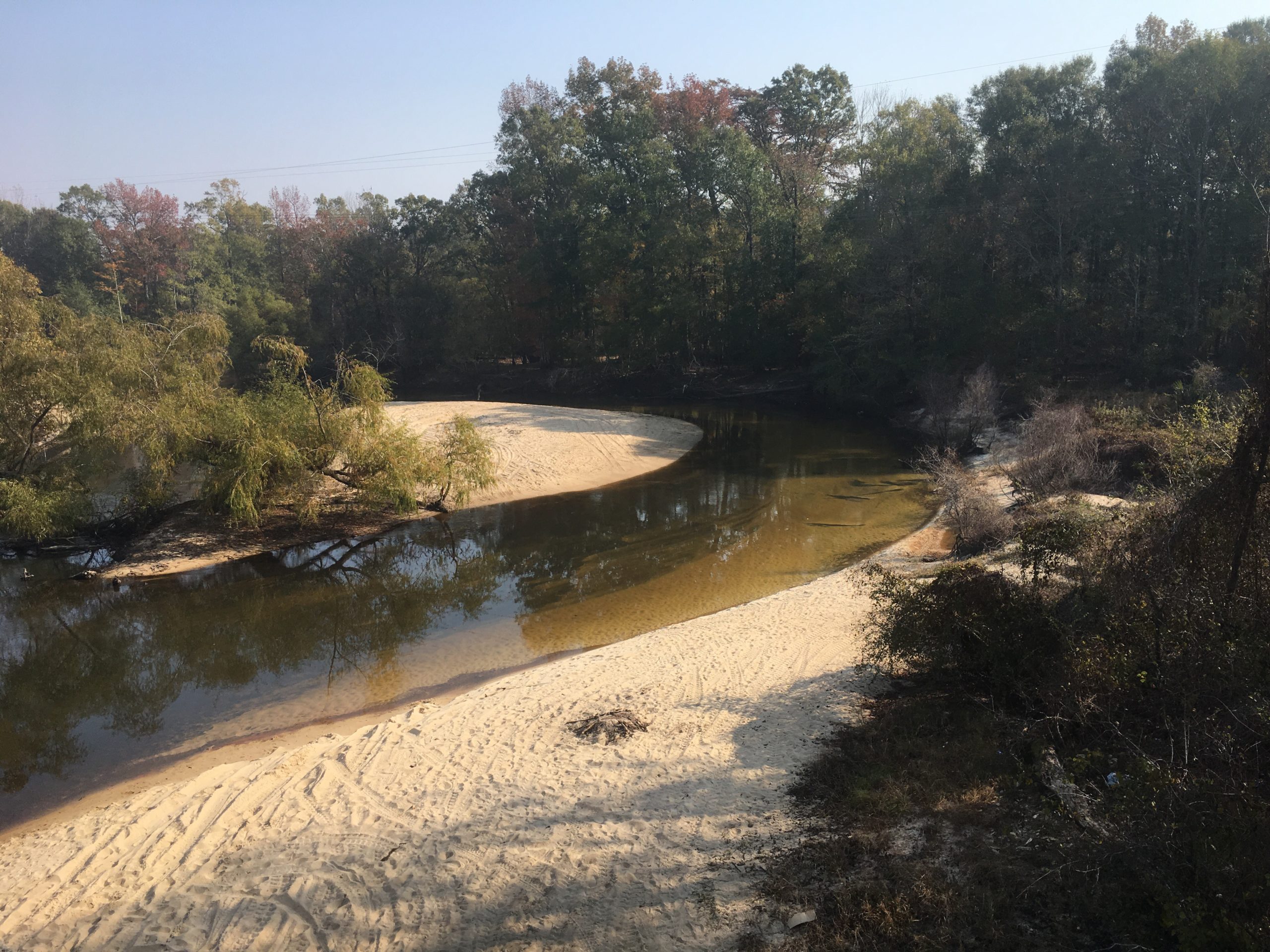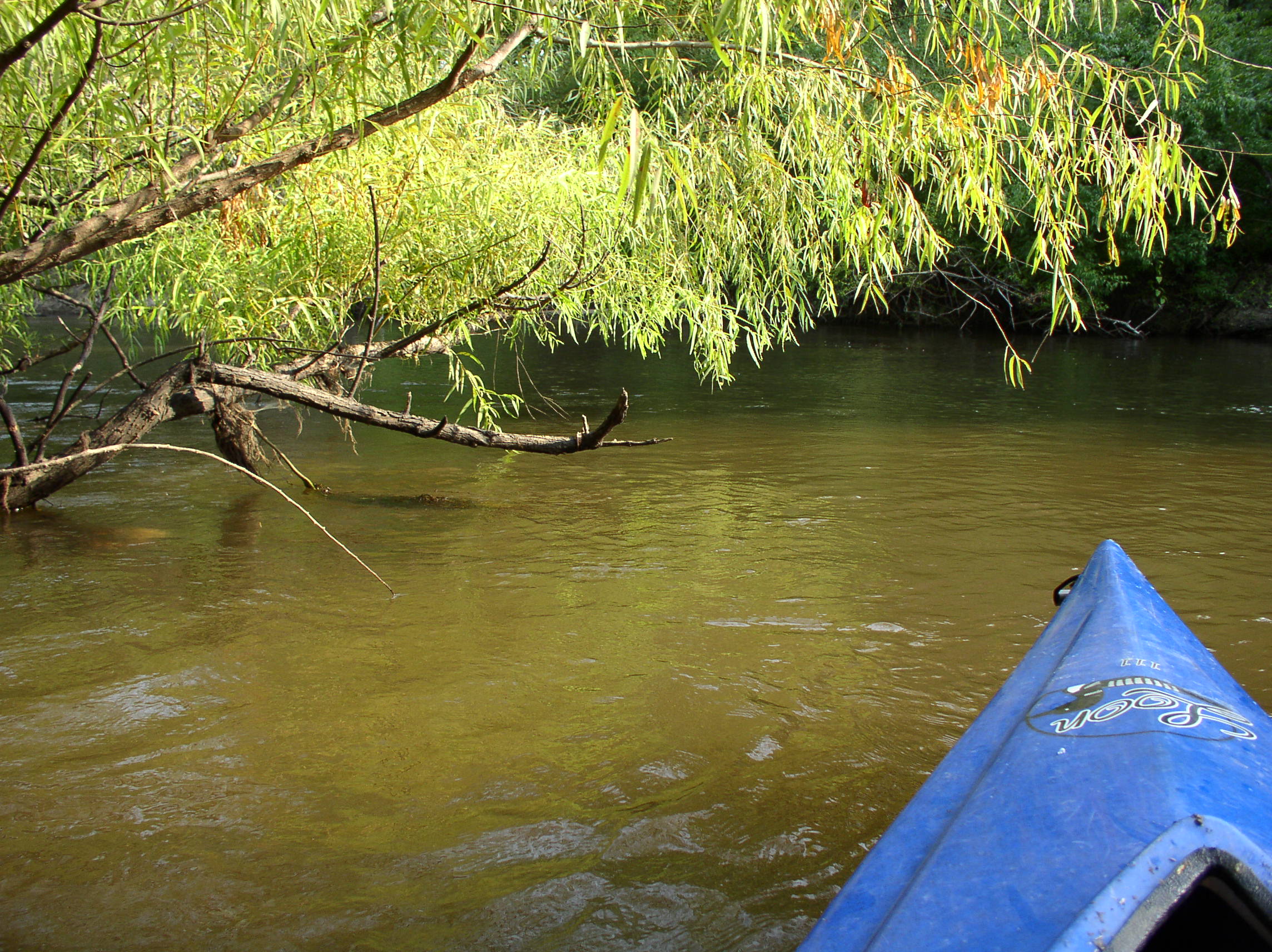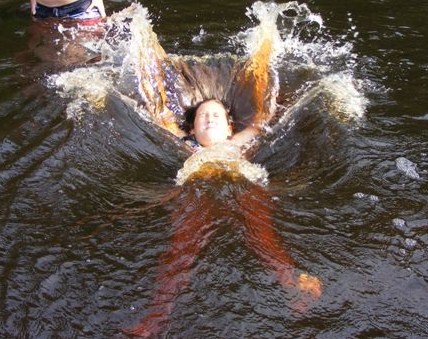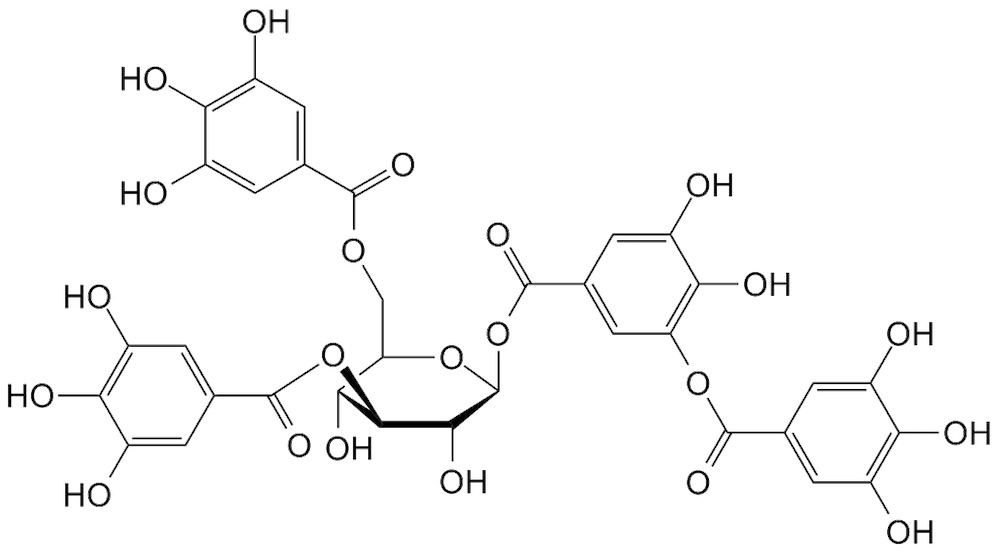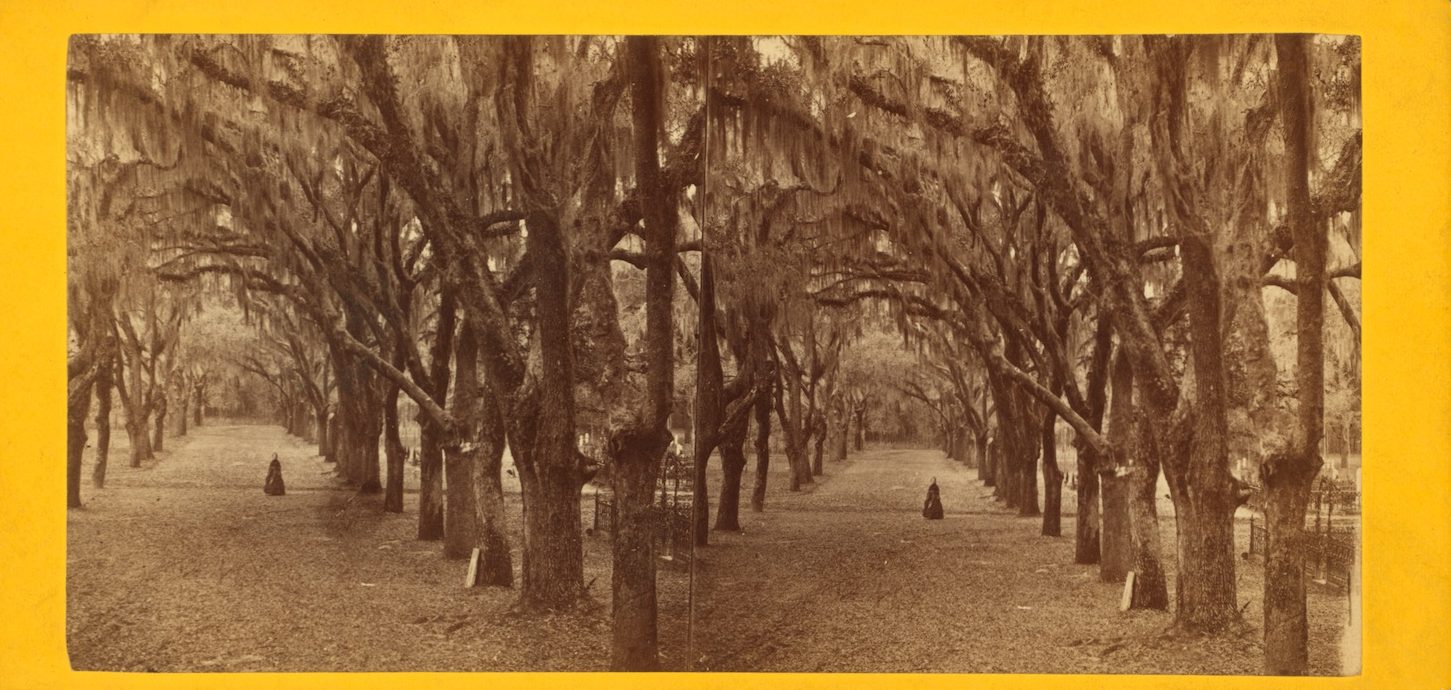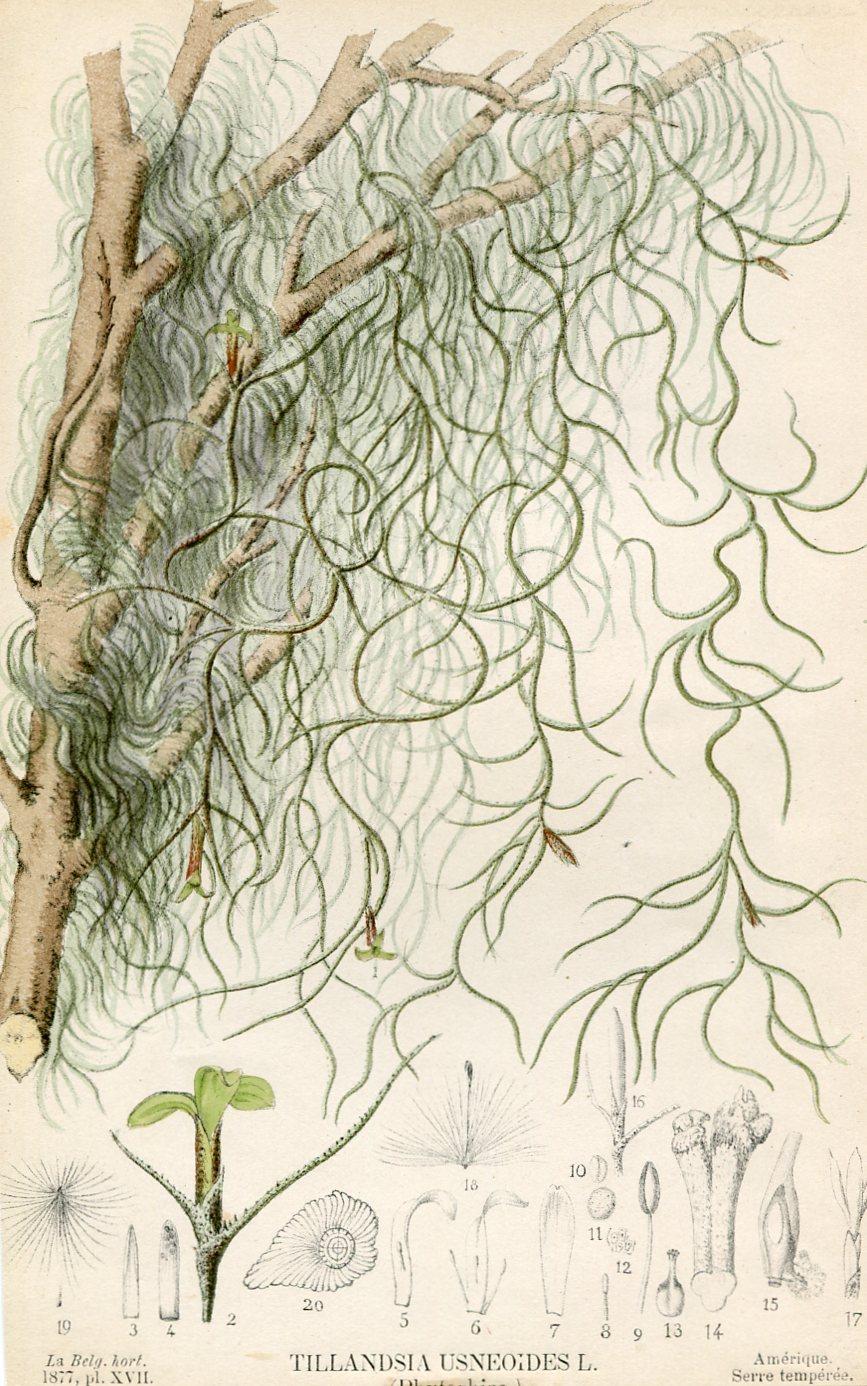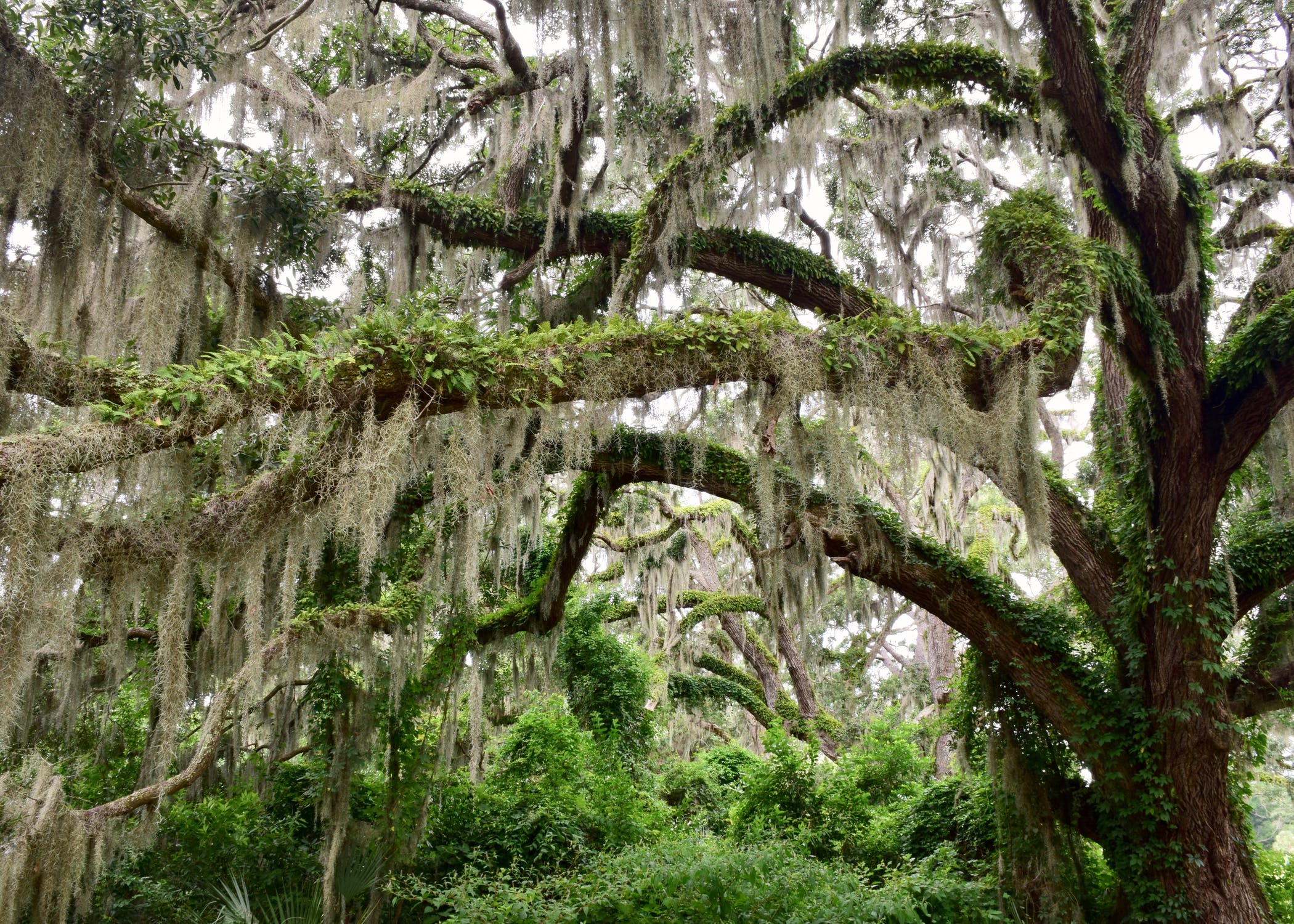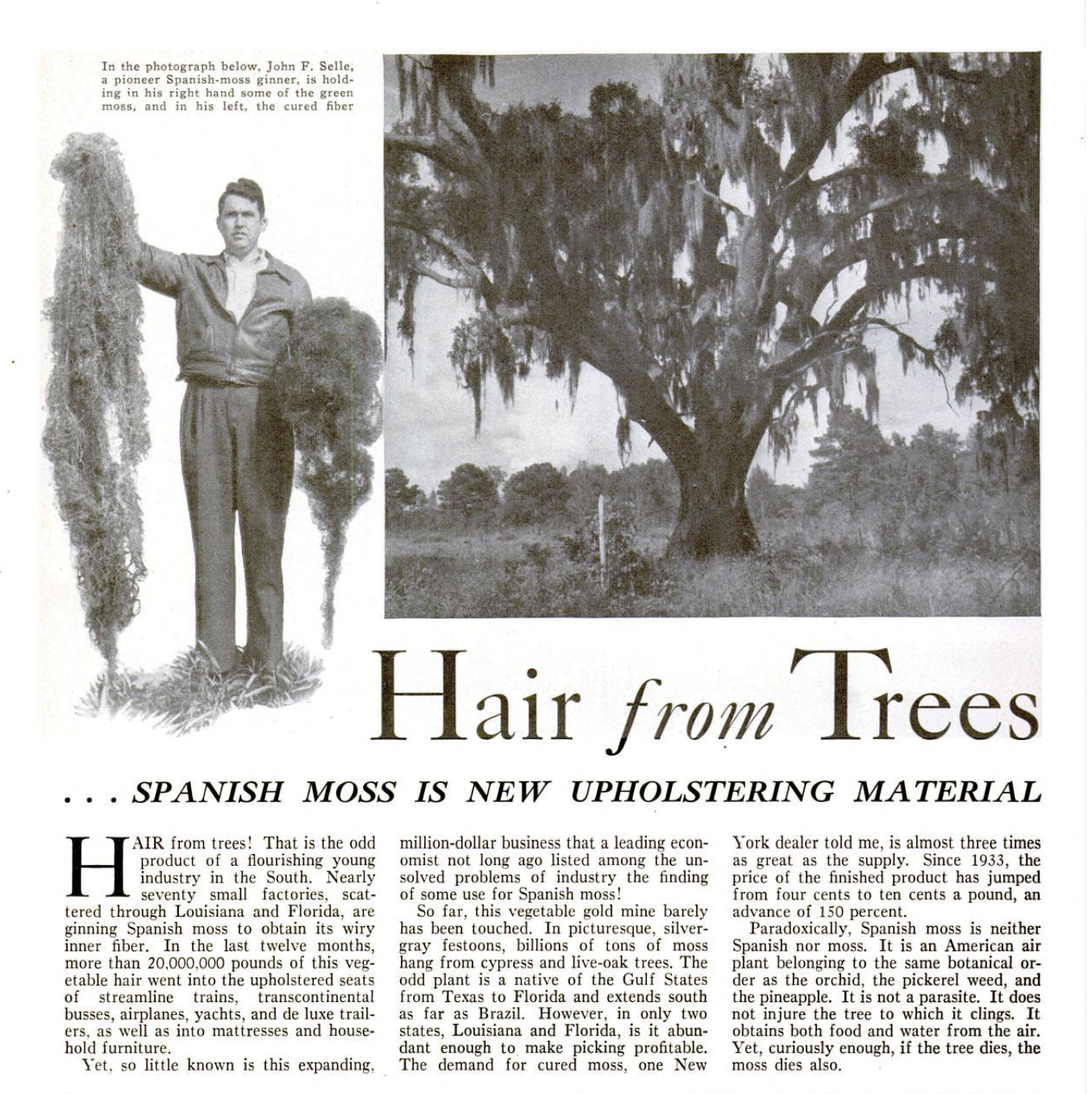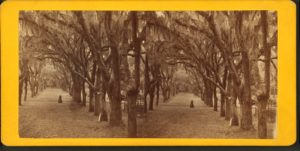FOR IMMEDIATE RELEASE
07/14/2022
Contact: Meaghan Walsh Gerard
Communications and Administrative Director
meaghan@ogeecheeriverkeeper.org
MILLIKEN ANNOUNCES CLOSURE OF FACILITY LOCATED ON OGEECHEE RIVER
Facility plans to move its manufacturing process in Sylvania to South Carolina
On July 13, 2022, Milliken & Company announced the closure of the Longleaf plant located on the Ogeechee River in Screven County, Georgia.
Milliken purchased the former King America Finishing plant in 2014, along with its existing permit to discharge treated industrial effluent into the Ogeechee River, one of the last remaining free-flowing blackwater rivers in the nation. Beginning in early 2015, in an effort to modernize the existing and outdated plant, Milliken undertook extensive renovation and capital improvements of the facility.
Ogeechee Riverkeeper (ORK) considers the closure of the Longleaf facility to be an overall positive step for the health and cleanliness of the watershed, while acknowledging the impacts to the local economy that such a closure will necessitate.
“Milliken Longleaf is the only large-scale permitted industrial polluter on the Ogeechee River,” said Damon Mullis, Executive Director and Riverkeeper. “Our organization’s mission is to preserve, protect and improve the water quality of the Ogeechee River. It is with mixed emotions that we receive this news, recognizing the long term benefits to the river while acknowledging the social and economic impacts to the community. That said, this removes the primary source of industrial effluent into our river.”
“We know this will be a difficult time for the families affected, so we are pleased to hear that Milliken will be offering assistance to them and to the community,” Mullis added. According to Milliken’s press release, approximately 260 employees will be offered positions at other company locations. For those who do not wish to transfer, Milliken has offered to help connect associates with competitive jobs in the immediate area.
Milliken has stated they will continue to own the Longleaf property for the foreseeable future. “ORK will continue to carefully monitor the status of the discharge as the factory undergoes decommissioning and closure. It is our hope that Milliken will work with Ogeechee Riverkeeper to ensure that this phase-out process is done under careful oversight, and that the facility is decommissioned with the utmost attention to responsible waste disposal, ensuring long-term sustainability and avoiding unnecessary contamination or further negative impacts to the fragile Ogeechee River ecosystem.” Mullis continued.
About Ogeechee Riverkeeper: Ogeechee Riverkeeper 501(c)(3) works to protect, preserve, and improve the water quality of the Ogeechee River basin, which includes all of the streams flowing out to Ossabaw Sound and St. Catherine’s Sound. The Canoochee River is about 108 miles long and the Ogeechee River itself is approximately 245 miles long. The Ogeechee River system drains more than 5,500 square miles across 22 counties in Georgia. More at ogeecheeriverkeeper.org.
